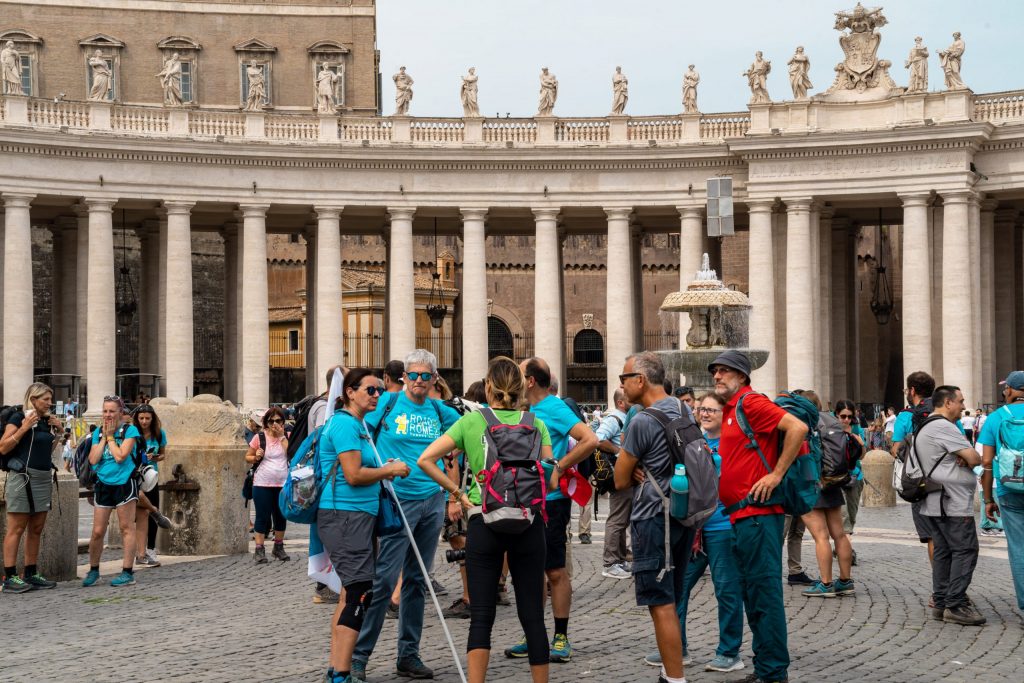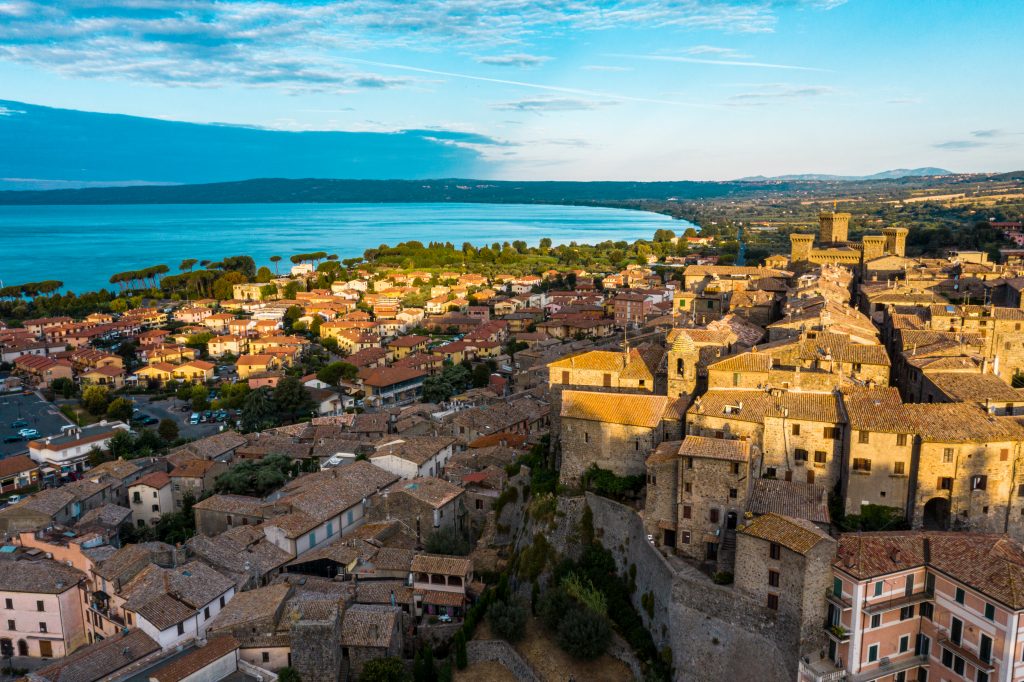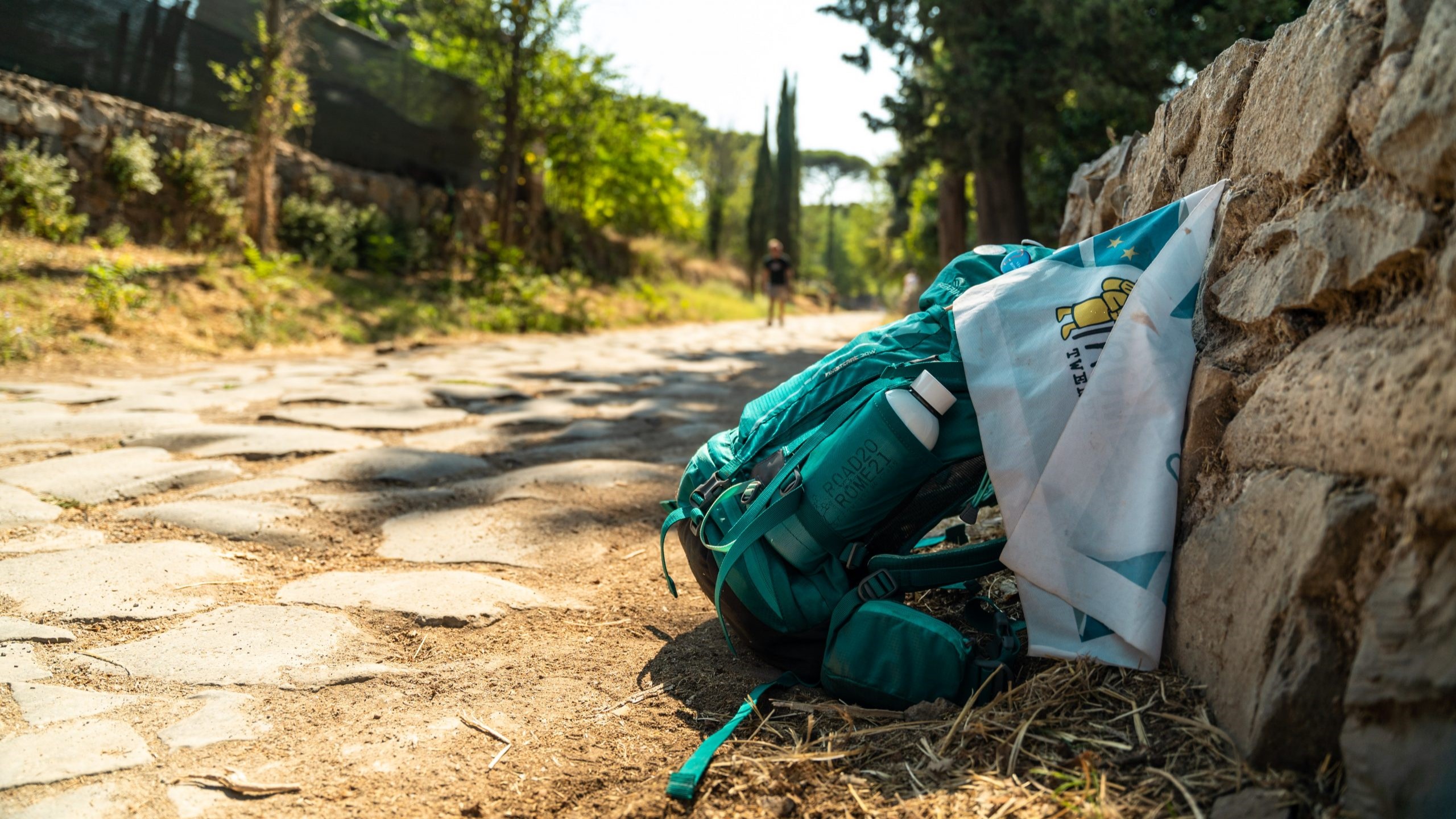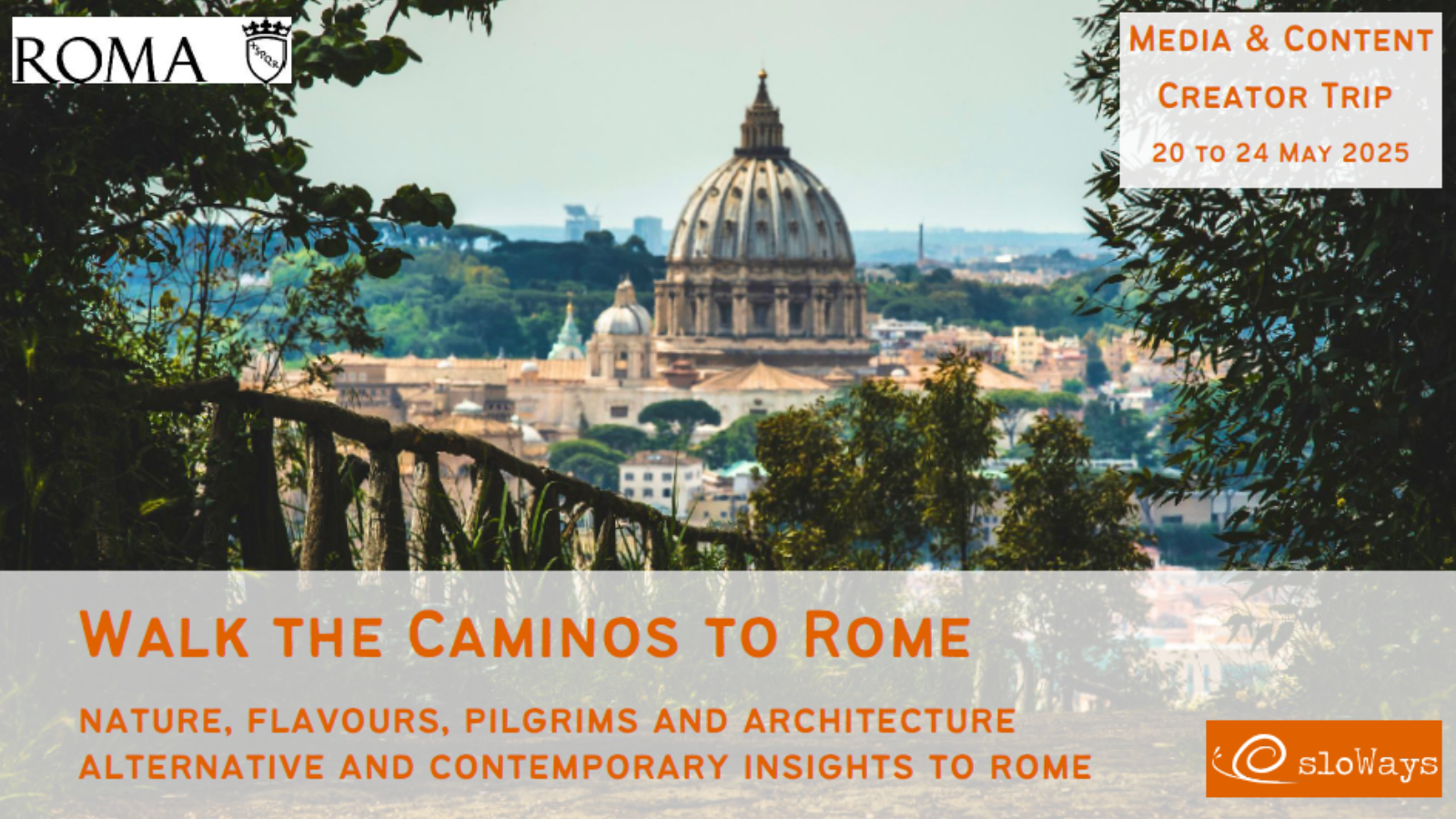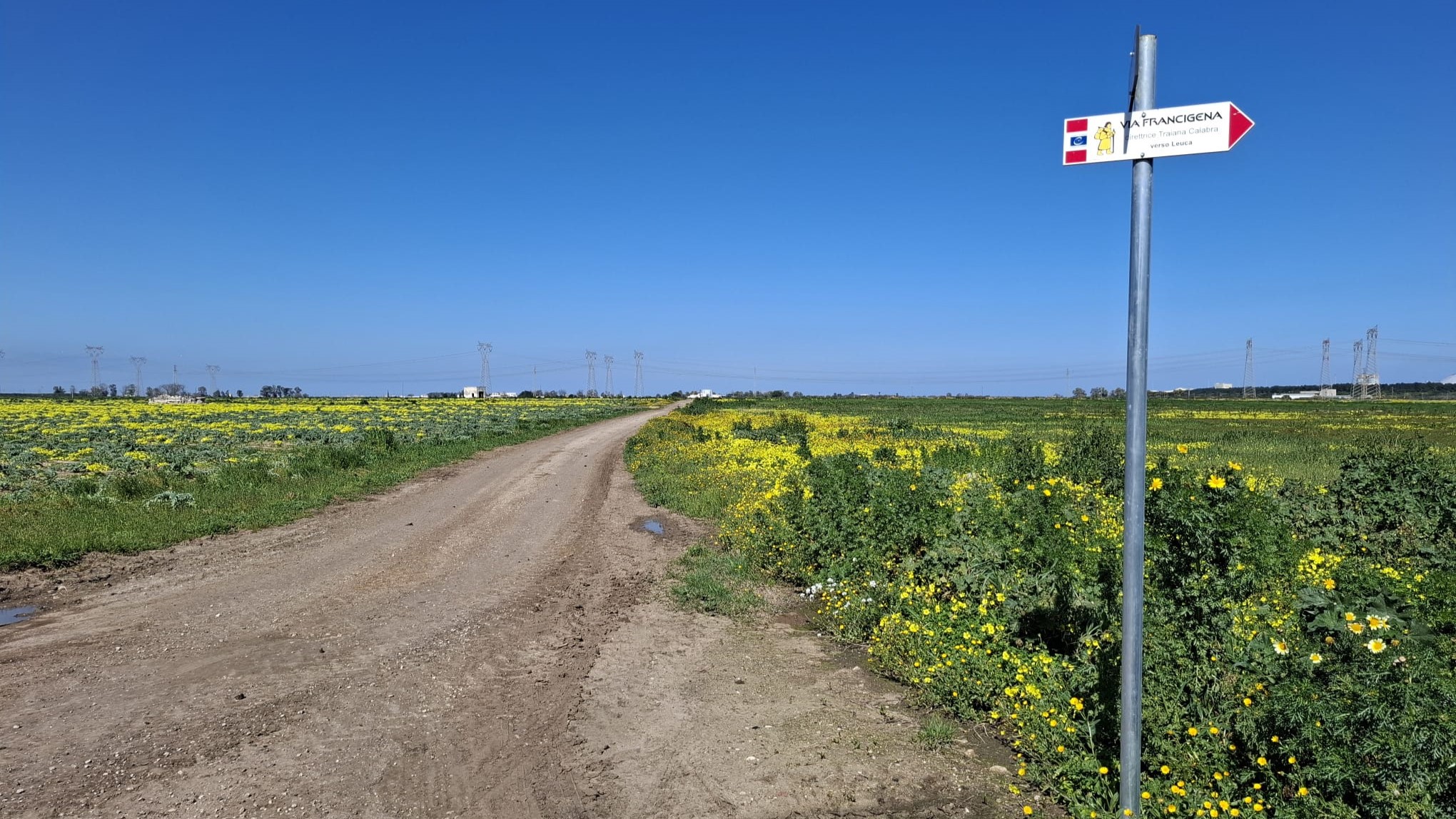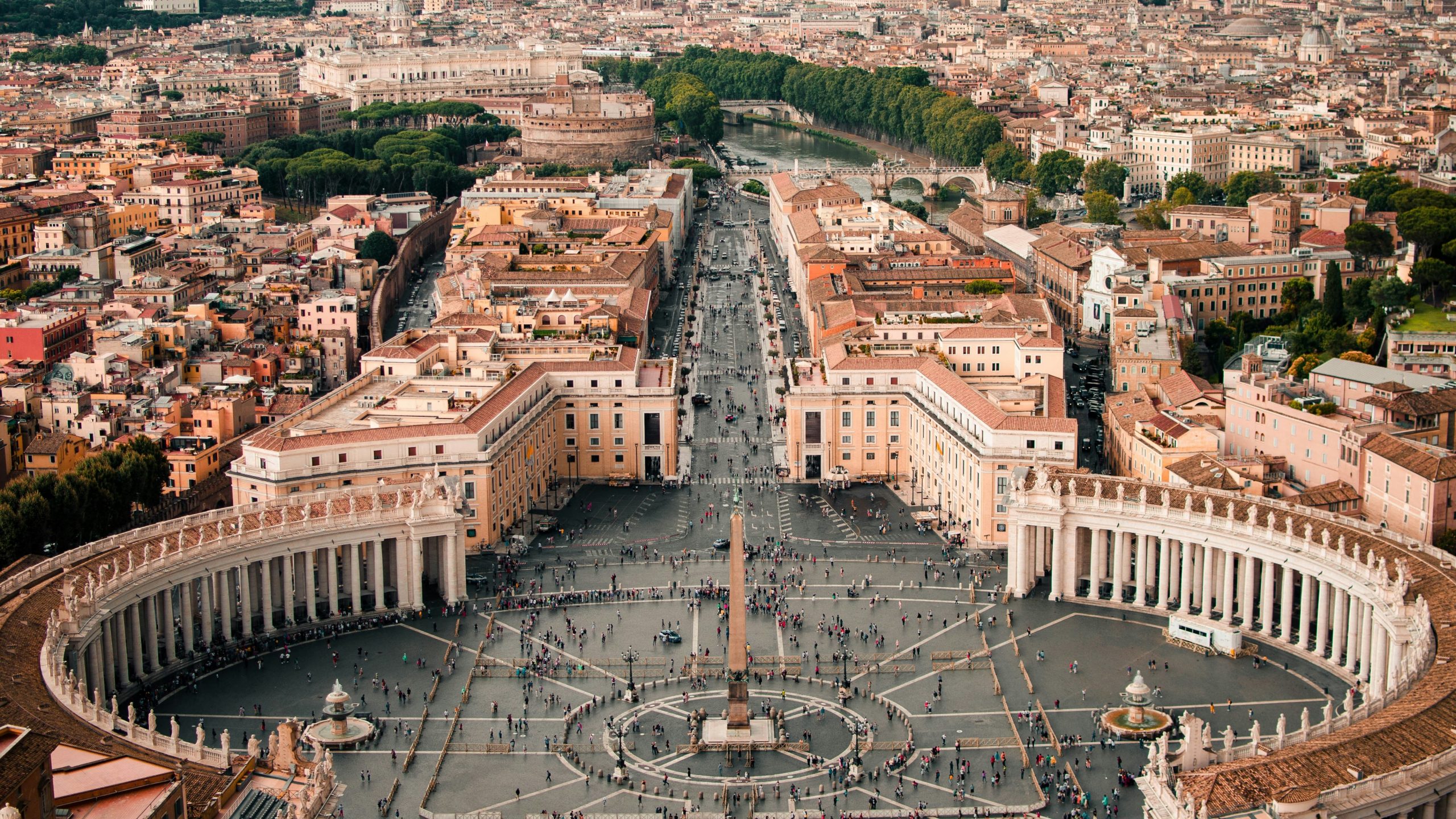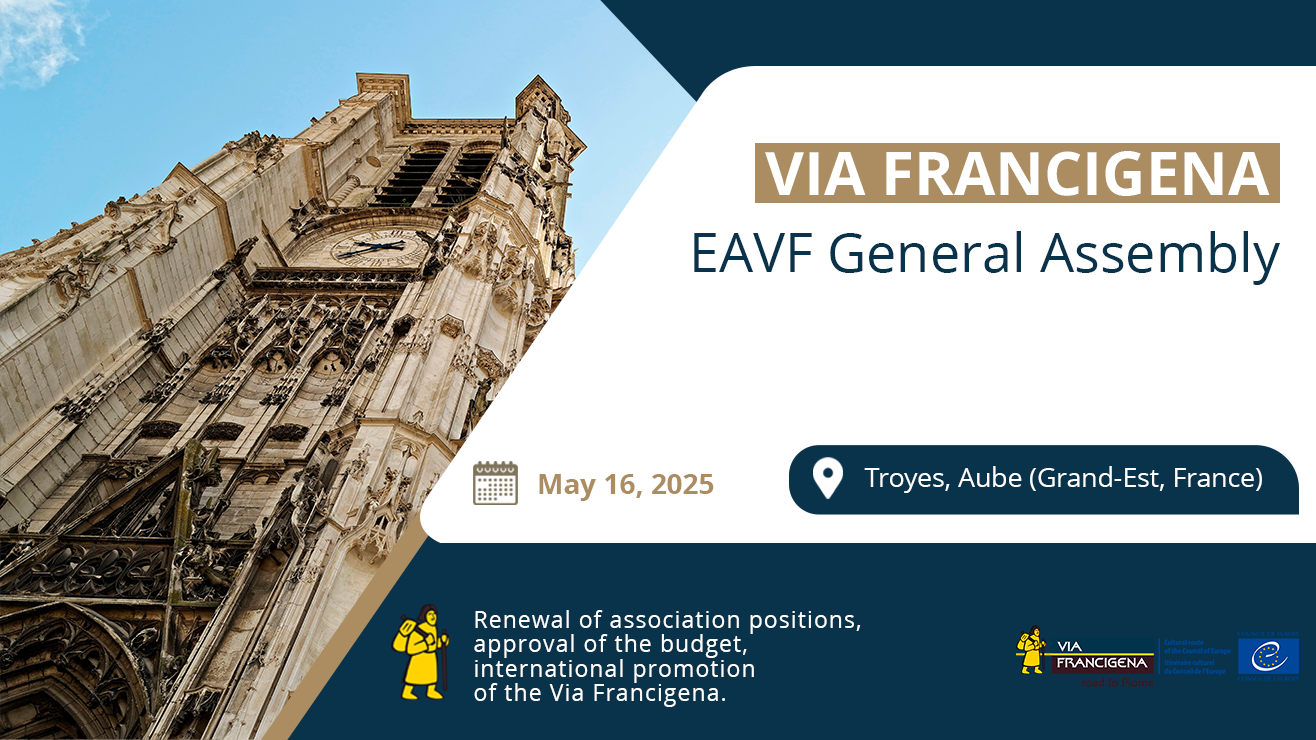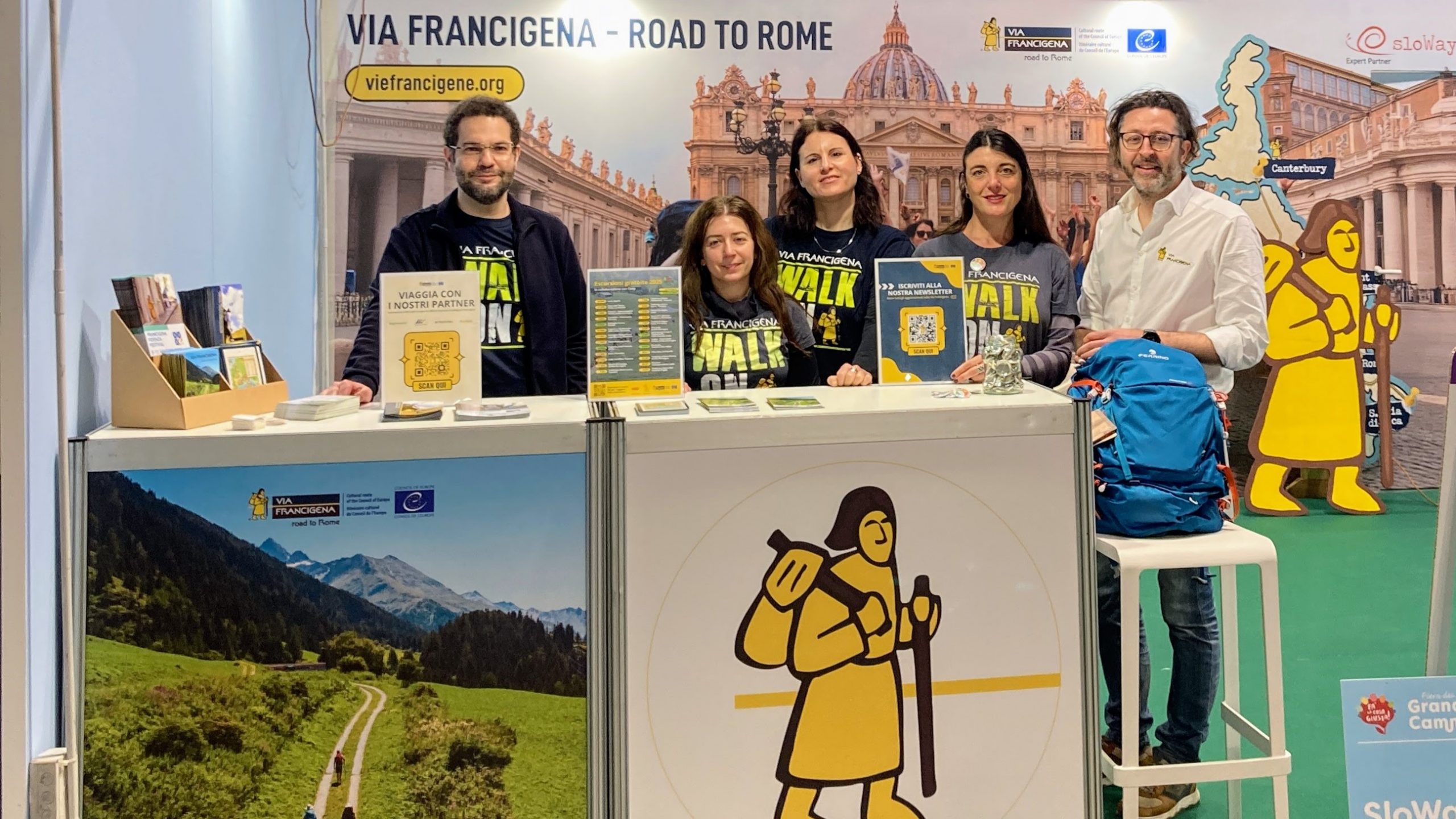The Via Francigena, a historic route recognised as a “Cultural Route of the Council of Europe”, is set to play a pivotal role in the 2025 Jubilee celebrations in collaboration with Regione Lazio. Supported by funding from the Development and Cohesion Fund – Development and Cohesion Plan under the Italian Ministry of Culture (Project Card 33 – Via Francigena – Cross-cutting Actions, Communication and Promotion Plan), the initiative will feature a new website, a mobile app, and coordinated communication activities led by the European Association of Via Francigena Ways (EAVF).
A journey steeped in history with a destination like no other
Stretching from Canterbury to Santa Maria di Leuca, the Via Francigena traverses 715 municipalities and 16 european regions over 3,200 kilometres. In 2025, however, attention will focus on Lazio, where pilgrims will converge on their long-awaited destination: Rome, the Eternal City, and the Basilica of Saint Peter.
Slow and sustainable tourism for the Jubilee
The official beginning of the 2025 Jubilee, marked by the opening of the Holy Door on 24 December at the Vatican, has signalled the launch of this significant project to promote the Via Francigena. The initiative seeks to attract an international audience by establishing the route as a benchmark for cultural and religious tourism while also enhancing local communities through a model of slow and sustainable tourism.
Joint efforts will focus on improving the accessibility of the route, enhancing facilities, ensuring safety, and upgrading signage. Moreover, they will aim to promote tourism connected to artistic heritage, gastronomy, and local traditions.
Celebrated every 25 years, the Jubilee is a major global religious event that offers the faithful an opportunity for prayer, pilgrimage, and indulgence. It also serves as a moment to reflect on the significance of the journey and the pilgrimage experience. The Via Francigena, which crosses Lazio region before reaching Rome and extends southwards to Santa Maria di Leuca in Puglia, presents a unique opportunity to combine the spiritual aspect of the journey with the discovery of regions rich in history and culture, immersing travellers in places shaped by centuries of passage by merchants, pilgrims, and travellers.
Key stops along the 2025 Jubilee route
The EAVF will use its multilingual communication channels to share the route’s highlights across the regions it traverses. A series of region-focused articles will provide a comprehensive portrait of each area, including essential information for pilgrims. These features will outline key stages, logistical details, points of scenic, artistic, and culinary interest, and recommended itineraries for those with only a few days to explore a regional section.
This storytelling approach will serve as a true travel diary, beginning in Puglia region and winding its way north through Campania, Lazio, Tuscany, Liguria, Emilia-Romagna, Lombardy, Piedmont, and Valle d’Aosta. It will then continue through the picturesque sections of Switzerland, France, and England, showcasing the European spirit and international reach of this important medieval route, which once connected England to Rome and extended onwards to Jerusalem.
Why embark on this journey?
The Via Francigena is more than a European cultural route—it is an experience of connection and discovery. It can be explored in its entirety or in shorter sections for those with limited time. In celebration of the 2025 Jubilee, this ancient path emerges as a symbol of hospitality and spirituality, bridging past and present.
We encourage you to study the route, explore the hospitality network, and consult the soon-to-be-released regional guides available on these pages and social media channels.
